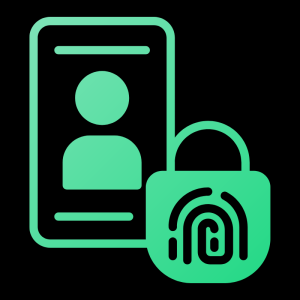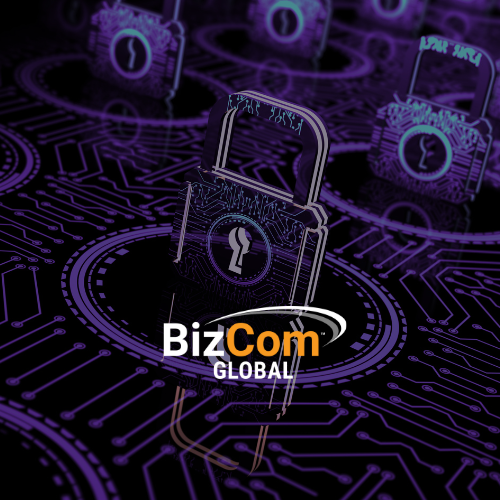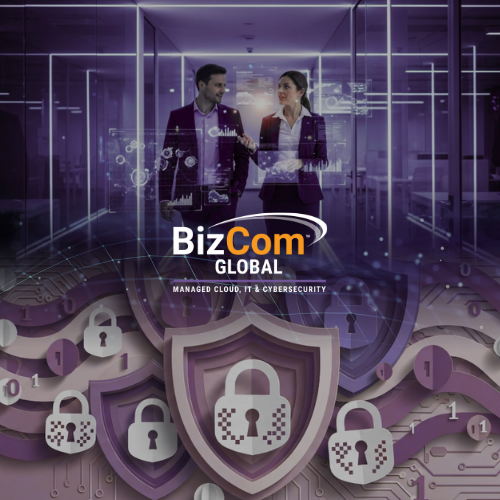
In today’s interconnected digital world, security breaches and cyber threats are ever-present challenges. With the increasing sophistication of hackers and the growing reliance on digital platforms for various aspects of our lives, safeguarding our online identities has become paramount. Among the arsenal of tools available to bolster cybersecurity defenses, Multi-Factor Authentication (MFA) stands out as one of the most powerful and easiest to implement in the ongoing battle against cybercrime.
Understanding Multi-Factor Authentication (MFA)
Multi-Factor Authentication is a security mechanism that requires users to provide two or more verification factors to gain access to an account or system. These factors typically fall into three categories:
- Something you know: This could be a password, a PIN, or the answer to a security question.
- Something you have: This involves possession of a physical device, such as a smartphone, security token, or smart card.
- Something you are: This factor relies on biometric data, such as fingerprint scans, iris scans, or facial recognition.
By combining multiple factors from these categories, MFA adds layers of security beyond just a password, significantly reducing the risk of unauthorized access.
The Importance of MFA in Today's Threat Landscape
In recent years, cyber-attacks have grown in frequency, sophistication, and impact. From phishing scams and credential stuffing to malware and brute force attacks, malicious actors employ a variety of tactics to compromise user accounts and steal sensitive information. Passwords, once considered the primary line of defense, are increasingly vulnerable to breaches due to weak password practices, password reuse, and social engineering techniques.
MFA addresses these vulnerabilities by introducing additional barriers to entry. Even if a hacker manages to obtain a user’s password through illicit means, they would still need to bypass the secondary authentication method, which adds a significant layer of protection.
Advantages of Implementing MFA
- Enhanced Security: By requiring multiple factors for authentication, MFA significantly reduces the likelihood of unauthorized access, safeguarding sensitive data and resources.
- Protection Against Phishing: Many cyber-attacks, including phishing scams, rely on tricking users into divulging their passwords. MFA mitigates this risk by adding an extra layer of verification that is difficult for attackers to bypass.
- Compliance Requirements: MFA is often a requirement for compliance with industry regulations and data protection standards such as GDPR (General Data Protection Regulation) and PCI DSS (Payment Card Industry Data Security Standard).
- User Convenience: While security is paramount, MFA can also offer convenience for users by providing alternative authentication methods, such as biometrics or push notifications, which are often faster and more user-friendly than traditional passwords.
Best Practices for Implementing MFA
To maximize the effectiveness of MFA, organizations and individuals should adhere to the following best practices:
- Enable MFA Everywhere: Whenever possible, enable MFA for all accounts and services that support it, including email, social media, banking, and cloud applications.
- Choose Strong Authentication Methods: While MFA is better than single-factor authentication, not all MFA methods are created equal. If you’re a Microsoft user, you may recall how recently they required business users to use a more robust form of MFA than just receiving a call or text message. Prioritize robust authentication methods, such as hardware tokens or biometrics, whenever feasible, to minimize the risk of compromise.
- Educate Users: Provide training and awareness programs to educate users about the importance of MFA and how to use it securely.
- Regularly Review and Update Security Policies: Stay vigilant by regularly reviewing and updating security policies to adapt to evolving threats and best practices.
In an era where cyber threats are constantly evolving, Multi-Factor Authentication emerges as a critical component of a robust cybersecurity strategy. By requiring multiple forms of verification, MFA adds an extra layer of defense against unauthorized access, helping organizations and individuals protect their digital identities and sensitive information. Embracing MFA not only enhances security but also fosters a culture of proactive risk mitigation in an increasingly interconnected world.
If you don’t have MFA already enabled on all of your business’ systems, you’re already behind the eight ball and should consider reaching out to the team at Bizcom Global who will not only help you understand why MFA is necessary but how to take the steps to secure all of your systems.



